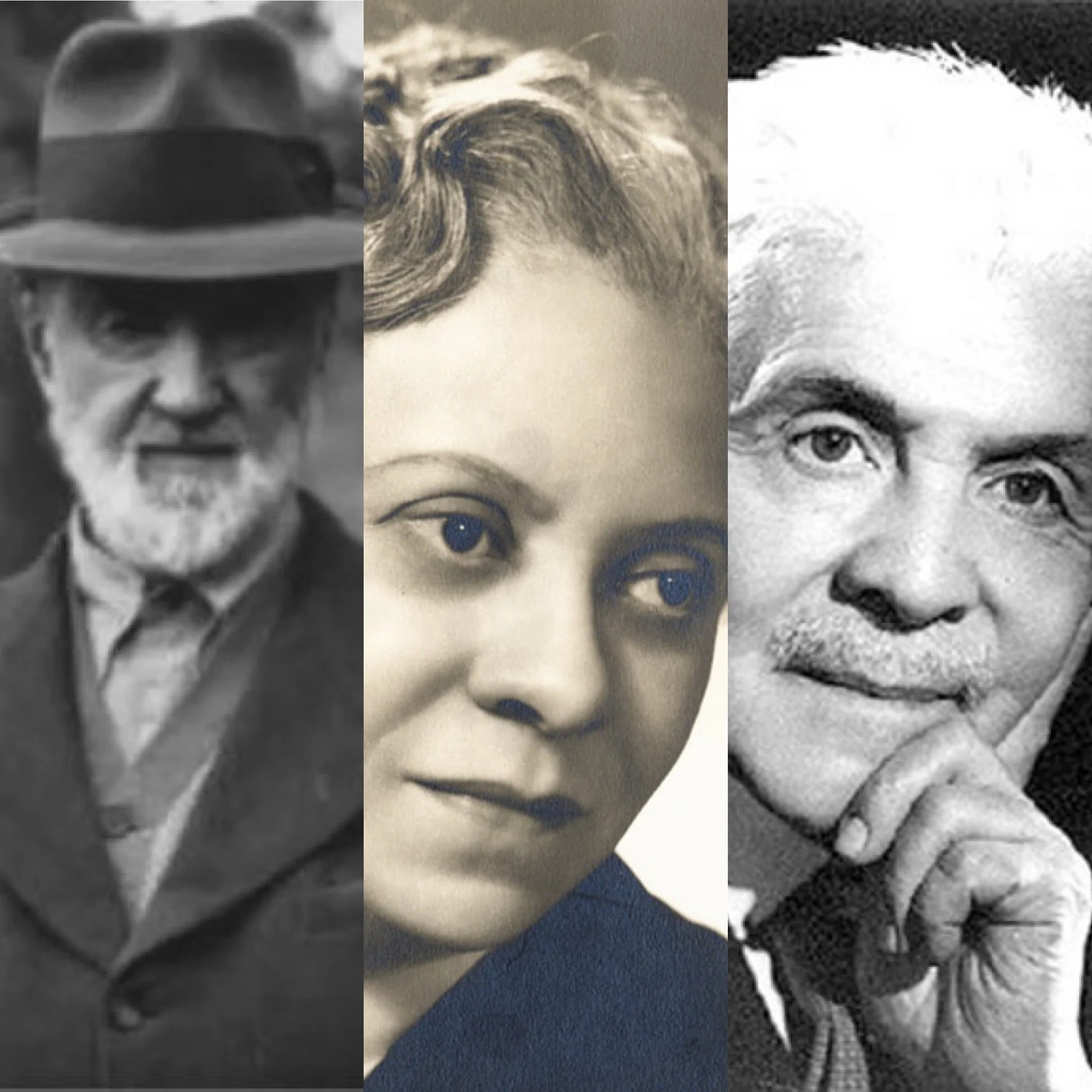REVIEW: Daniil Trifonov Waltzes Through Moody Program
Above, Daniil Trifinov perfoms in Carnegie Hall’s Stern Auditorium. Photo by Richard Termine.
October 17, 2024
What is a piano recital, anyway? How does the performer choose their program? The stodgy conservatory formula indicates something Baroque, something Classical, something Romantic, and if there’s time, something more modern (perhaps Debussy or something contemporary). Beyond the realm of schools and competitions, more subjective considerations shape the recital — curating a musical journey, conveying the interests and skills of the interpreter, telling a story.
Daniil Trifonov was originally to play Samuel Barber’s Piano Sonata, Op. 26, at Carnegie Hall this week, but instead turned to Rachmaninoff. He did record Barber’s Nocturne, Op. 33, on his 2017 Chopin Evocations; hopefully, in the future, we will still hear Trifonov (one of few pianists equipped to do so) tackle the American sonata composed for Vladimir Horowitz.
Trifonov’s swap of Barber with a work he recorded a decade ago — Rachmaninoff’s Variations on a Theme of Corelli — raised the question of what story this unusual program was telling, especially, after experiencing the Sturm und Drang of the curtain-raiser. Pyotr Ilyich Tchaikovsky's Piano Sonata in C-sharp Minor, a posthumously published work, dating from 1865 when the composer was a 25 year old student, was a fascinating concert opener.
Daniil Trifonov performs at Carnegie Hall. Photo by Richard Termine.
Like Schubert on steroids, the four movement sonata reveals a young composer harnessing classical form and texture to express deep angst, and diverging from the path taken by western romanticists, indulging in harmonic sensuousness, Slavic folk elements (like Dvořák), and hints at Eastern mysticism. The latter speaks to the composer’s tension and coexistence with his Nationalist peers — “The Mighty Handful,” five composers who advocated for Russian music to take a non-Western approach — who leaned into Orientalism (think Rimsky-Korsakov's Scheherazade).
The first movement Allegro con fuoco quickly established Trifonov’s unbridled, barnstorming vision of the sonata. The pianist attacked the start of each movement with dramatic flair, tearing without pause through the lyrical second movement, Andante, the dancing Allegro vivo with its irresistible Trio section, and the fiery (another) Allegro vivo.
Trifonov followed with a selection of Frédéric Chopin’s waltzes, treating them as gemlike afterthoughts — like back-pocket quotations or mementos. The perky innocence of Waltz in E Major, Op. Posth. gave way to melancholy and regret in Waltz in F Minor, Op. 70, No. 2. The searching Waltz in A-flat Major, Op. 64, No. 3 was especially well-suited to the pianist’s sense of sponteneity, and the “Minute” Waltz in D-flat Major, Op. 64, No. 1, breezed by. The Waltz in A Minor, Op. 34, No. 2, recalled Chopin’s Mazurkas, rueful and nostalgic, and the Waltz in E Minor, Op. Posth., echoed, and foreshadowed, the tempestuousness heard in the Tchaikovsky. It was a long build to that temperature — Trifonov began these waltzes ruminatively and looking inward, serving heaping servings of rubato, pressing forward urgently before pulling back reflectively, throughout with the insouciance of salon music.
Variations on a Theme of Corelli, Op. 42, Sergei Rachmaninoff's final solo piano work from 1931, was dedicated to violinist Fritz Kreisler, who penned his own set of variations on a theme of Arcangelo Corelli. Rachmaninoff took his theme from Corelli’s Violin Sonata in D minor, Op. 5, No. 12, itself based on “La Folia,” an antique harmonic and melodic framework found in music from Vivaldi to Liszt, and even in Britney Spears’s “Oops, I Did It Again.”
Rachmaninoff was surely one of the masters of variation form, and even though he would pick and choose which of these twenty variations to play at his own performances, the arc of the piece shapes a dark, moody voyage. Trifonov feasted upon the piano part in great torrents of heart-pounding emotion. His mastery of tone, of shading the melody and accompaniment different colors, and of shaping his phrases like a conductor, no matter the pianistic technical challenges, were on full display in this dense thicket of notes.
He dispatched the tempo rubato “Intermezzo,” an improvisatory moment of introspection following the 13th variation with the wash of a paintbrush that seemed to change the music’s hue. The subsequent andante 14th variation, in D-flat major had the warm, tender air of a newborn’s nursery. Adolescence soon rears in, and Trifonov’s left hand pulled bass sonorities out of the Steinway’s low strings that resonated in the floor of the auditorium before retreating into wistful meditation in the Coda.
Daniil Trifonov performs at Carnegie Hall. Photo by Richard Termine.
Rachmaninoff’s brooding set of variations indeed fulfilled much of the same trajectory that Barber would have, even though I missed the narrative parallel with Tchaikovsky’s sonata. The recital’s final chapter, Mikhail Pletnev’s solo piano arrangement of Tchaikovsky, Concert Suite from The Sleeping Beauty, proved a dazzling showpiece of a finale. Indeed, the remaining forty-plus minutes of repertoire was of a lighter, more frivolous variety. The half-hour transcription of Tchaikovsky’s ballet score was aurally decorative, if less emotionally engaging than Disney’s animated version; pure vehicle for Trifonov’s timbral imagination and staggering facility at the keyboard.
The pianist’s first two encores, Art Tatum’s “I Cover the Waterfront” and a latin-tinged waltz by Rafael Bullumba Landestoy for the Dominican film Vals de Santo Domingo, provided intriguing insight into the artist’s varied interests. Finally, a snippet from the score for The Elder Scrolls: Skyrim, a video game, returned to the pensive mood that permeated most of the evening. It was an evening that made you think, forced you to feel, and most of all, impressed. Trifonov remains peerless, one of today’s most thrilling musical minds at the piano.







